Update: The new home for this list is now here. You can add to the list there or comment here and I will update both lists. Note that the complete list however will be there as I do not plan on updating this list with updates made there. That would be too much work and would compete with me being able to put up new posts here. Can't let that happen. : ) Related but separate from that list also see https://120years.net. That said...
If you are going to add to the list in the comments, use the same format.
Year - Manufacturer - Model - First at
1837 - C.G. Page (Salem. Mass) - first to produce electronically generated sound (not necessarily associated with a musical instrument). After inventing the Volta in 1800 (an early battery), in 1837 Page was doing experiments with coils and realized when certain coils were attached to a batter they omitted a ringing sound. While he initially thought the ring came from the electrical current was interrupted (battery disconnected), what was actually taking place was the induction through the coils was causing them to vibrate. via Peter Grenader
1885 - Person and Ernst Lorenz -'Elektrisches Musikinstrument' - the first musical instrument designed to produce electrically generated sound. It used electronic vibrations to drive an electromagnet that were connected to resonating boards, which translated these vibrations to sound. via Peter Grenader
1897 - Taddaeus Cahills - Telharmonium - electromechanical instrument.
1936 - Oskar Sala - Mixturtrautonium - first synth using Subharmonic synthesis
1939 - Homer Dudley invents the Parallel Bandpass Vocoder (VODER) - A manually key operated speech synthesizer
1940 - Homer Dudley invents the The Voder speech synthesizer - A device which used the human voice and an artificial voice to produce a composite
Both were researched as a way to transmit speech over copper wires (id est, telephone lines)
1948 - Hugh LeCaine - Electronic Sackbut - First voltage-controlled synthesizer
1948 - Dr. Raymond Scott - Wall of Sound - First polyphonic Sequencing Worstation (electromechanical) and the Electronum - first sequencer.
1950 - CSIR - Mk 1 - The first known use of a digital computer for the purpose playing music
1956 - Louie and Bebe Barron - Produced the first all-electronic musical score for a major motion picture - MGM's 'Forbidden Planet'
1957 - Max V. Mathews at Bell Labs - MUSIC - the first digital synthesizer. Technically, it was a computer program, though it set the stage for every digital synthesizer that proceeded it. See Laurie Spiegel with one here.
1963/64 - Buchla - model 100 modular - 1st "modern" modular synth
1967 - Moog - Moog modular synthesizer I, II & III - 1st commercial modular synth.
1969 - EMS - Synthi VCS-3 - first non-modular mini-synth
1970 - MOOG - Minimoog - 1st Mono Synth with keys (non-modular)
1971 - Tonus/Arp - Soloist - 1st preset mono synth
1971 - John Chowning - developed FM synthesis using the MUSIC-IV language (source), a direct descendent of Mathew's MUSIC program. FM synthesis was later licensed by Yamaha, and used in popular synths such as the DX-7.
1972 - Triadex Muse - first digital synth
""is the first digital musical instrument and was produced in 1972. It was
designed by Edward Fredkin and Marvin Minsky at MIT. It is an algorithmic
music generator: it uses digital logic circuits to produce a sequence of
notes based on the settings of various parameters. It has four small sliders
in that control Volume, Tempo, Pitch, and Fine Pitch. It is not known how
many were made, but they are considered extremely rare.
The Muse is the subject of U. S. Patent 3610801"
1973 - Coupland Digital Music Synthesizer - First Digital (Triadex beat it?) Update via Peter Grenader: "No time to read through all these posts to see if it's come up yet, but the Coupland was vaporwear...it never existed. I met Mark Vail, who's now a friend, by writing him a letter informing him that his story about the Coupland in his Vintage Synthesizers book (GREAT book) which mentioned it's only recorded showing was at the AES show in LA in 1978 was a farce. I was there - at their booth and their suite in the Hilton where the instrument was said to be. I was there on the first day, I was there on the last day. The only thing they had was a small model - about six inches across, sitting on a table. The booth was amazing - this radial orb multiple people could sit in, with a cover that came over each person which played what I remembered was a very impressive demo which swirled around four speakers inside the box. I, and everyone else, were blown away. They kept saying...'it will be here tomorrow, it'll be here tomorrow'...so I showed up the last day just to see it, figuring by the then it would have arrived...it didn't. I did see the frst Synthclavier at that show however. Their suite was across the hall from the Coupland folk. That completely kicked the crap out of everything else shown that year."
1973 - Dartmouth Digital Synthesizer - NED - Synclavier prototype - first digital synth
1974 - Roland - SH-3A - first commercial additive synth
1974 - RMI - Harmonic Synthesizer - first commercial additive synth
1975 - Buchla 502 - six voice polyphonic with minicomputer and ability to save patches to tape drive. Development on the 500 series began in 1969.
1975 - Oberheim FVS - four voice polyphonic with Polyphonic Synthesizer Programmer. Not sure if the Buchla 502 or FVS was released first.
1976 - PPG - PPG 1003 sonic carrier - 1st programmable mono/duo synth with patch memory (this, along with the model 1020, might have been the 1st synths to use DCO's as well)
1977 - Yamaha - CS50/CS60/CS80 - first single enclosure polyphonic keyboard synthesizers with the CS80 to be the first synth with poly aftertouch
1977 (late) - Oberheim - OB-1 - 1st commercial programmable mono synth with patch memory
1978 (late) - PPG - Wavecomputer 360 - 1st wavetable synth
1978 - Sequential Circuits - microprocessor control the SCI prophet 10 (briefly) and the P-5 --- again based on existing E-mu tech stuff
1979 - NED - Synclavier - First FM
1979 - Fairlight CMI - First Sampler, First Workstation
1980 - Performance Music Systems - Syntar - First self contained keytar
1982 - Sequential Circuits - Prophet 600 / First Midi Synthesizer (though some argue the Prophet 5 rev 3.2 is pre-MIDI MIDI)
1983 - Yamaha - DX7 - Digital takes over, FM goes mainstream
1983 - OSC - OSCar - First real-time additive with analog filters
1984 - Sequential Circuits - SixTrak - first multitimbral
1985 - Casio - CZ-101 - First battery-powered all digital mini-synth
1987 - Kawai K5 and Technos Axcel - first additive synths
1989 - E-Mu Systems - Proteus - First dedicated ROMpler
1992 - Seer Systems - first host-based software synthesizer in 1992
1994 - Yamaha - VL1 - first physical modelling synth
1995 - Clavia - Nord Lead - 1st Virtual Analog
1996 - Rubberduck - still not the first softsynth but came before Seer Systems Reality.
1996 - Steinberg - VST - Ok not a synth but enabled a lot to be written as plug-ins and used simultaneously
1997 - Seer Systems - Reality - First Modular Soft Synth
2002 - Hartmann Neuron - first neuronal synth
2912 - KalQuestoTron - the first genetically engineered synth. Each cell is an oscillator, filter, and neural sequencer. Can be delivered via injection to always play 'hold music' in your head.
I thought it might be fun to have a "first synth to..." post. There's been a lot of buzz over Sonic State's Top 20 Synths of All Time with good reason. What exactly is a "top synth?" Is it it's influence on the music scene? It's rarity and lust appeal? The number of synths sold? According to Sonic State their list was the result of Sonic State reader's voting for their favorite synths. Blame the voters if you don't like what you see. Based on what has come up on the list so far, the E-Mu Proteus and Roland JV-1080 for example as well as the Roland Jupiter 8 not even making the top ten, I'm guessing a bit of it has to do with the vote and... possibly the most influential/ground breaking synths for their time. The JV1080 and Proteus? Not super sexy in this day and age, but what they offered in their time? Who knows. It's obviously subjective. But there is something that isn't. The most influential synths of all time not because they were super sexy or utilitarian, but because they offered something that was not previously available.
I thought what might be interesting to create a list of the first synths to feature a particular technology or feature. For example what was the fist synth to bring FM to the table? Was it the DX7 or a predecessor? What was the first digital synth and when? The first additive synth? I have a good idea and could probably look it all up, but that wouldn't be any fun, so.... You tell me. I am going to make this an open post that will live over time. You get to participate by putting an entry in the comments. I will update the list and when I do I will change the time stamp of the post to keep it current. That said, for the archives, this post went up with a time stamp of 4/11/07 7:20 PM PST. I'll start the list (btw, do correct me on the MOOG, what model should we be talking about here? The A, B, C or D or all of them?).
Year - Manufacturer - Model - First at
1970 - MOOG - Minimoog - 1st Mono Synth with keys (non-modular)
1978 - Sequential Circuits - Prophet 5 - 1st Programmable Polyphonic Analog
... List continues above.
Update 3/34/12: Also see the first synthesizers to offer patch storage here.
Saturday, April 14, 2007
The First Synth to....
82 comments:
Note: comments that insult people will be removed. Critique on gear is allowed. Do not ask if listings are still available. Click through auction links to check yourself. Posts and pics remain for historical purposes. To reduce spam, comments for posts older than one week are not displayed until approved (usually same day).
PREVIOUS PAGE
NEXT PAGE
HOME
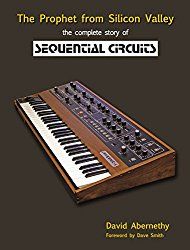
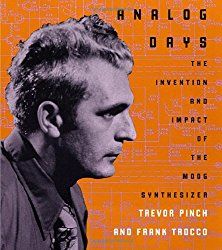
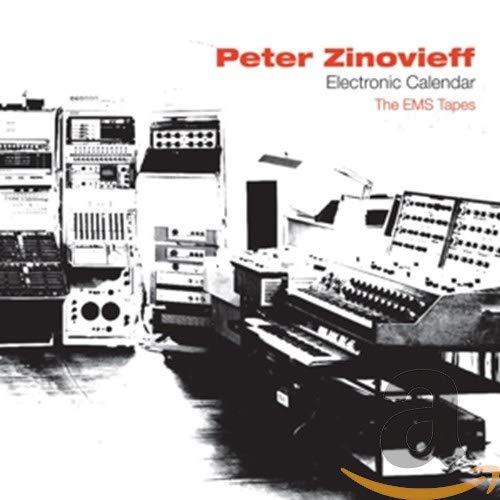
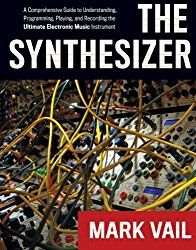
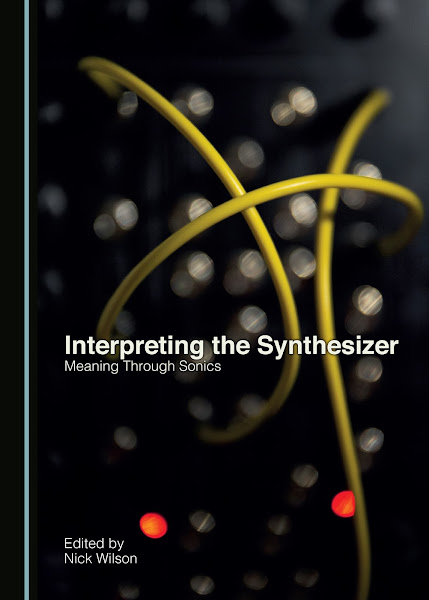
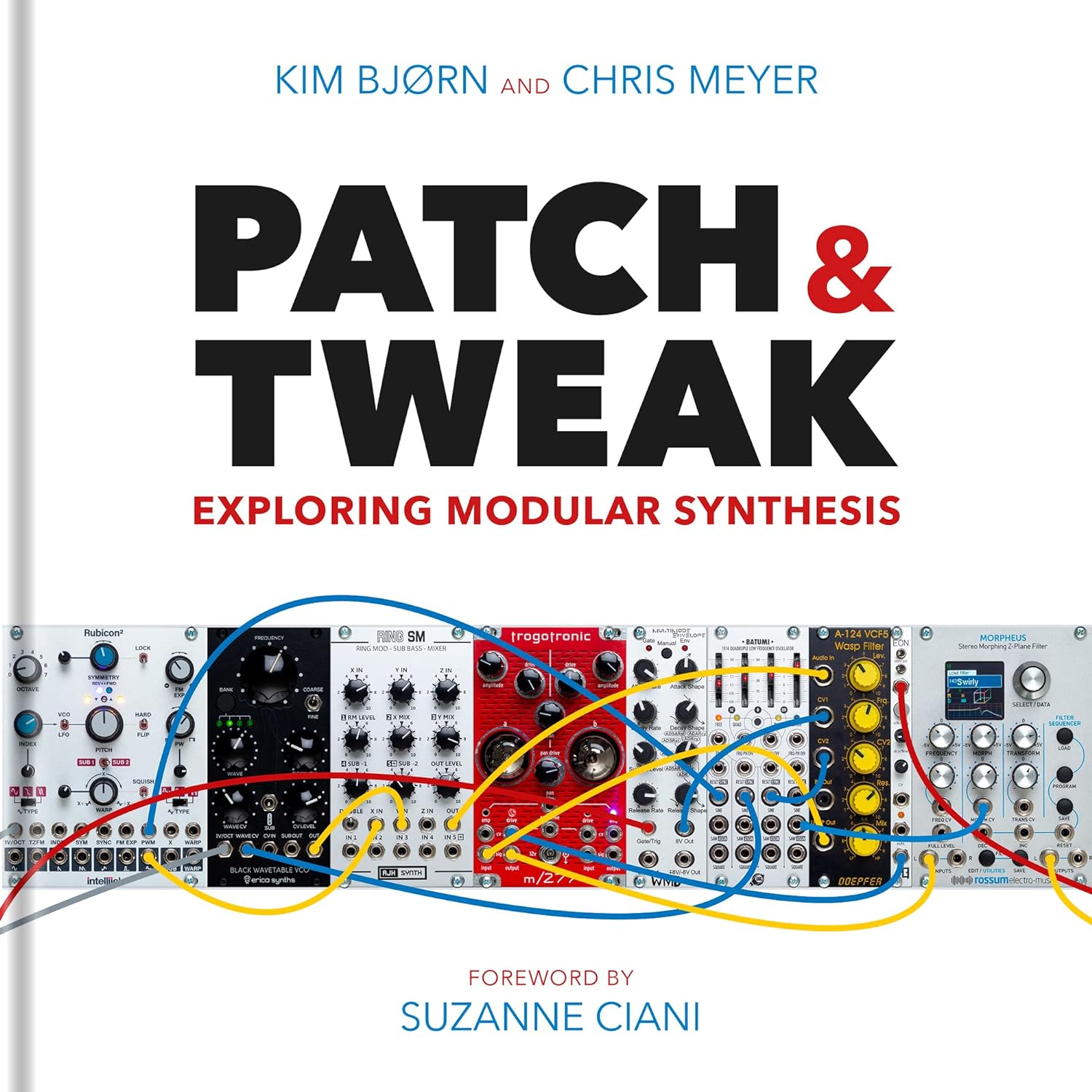
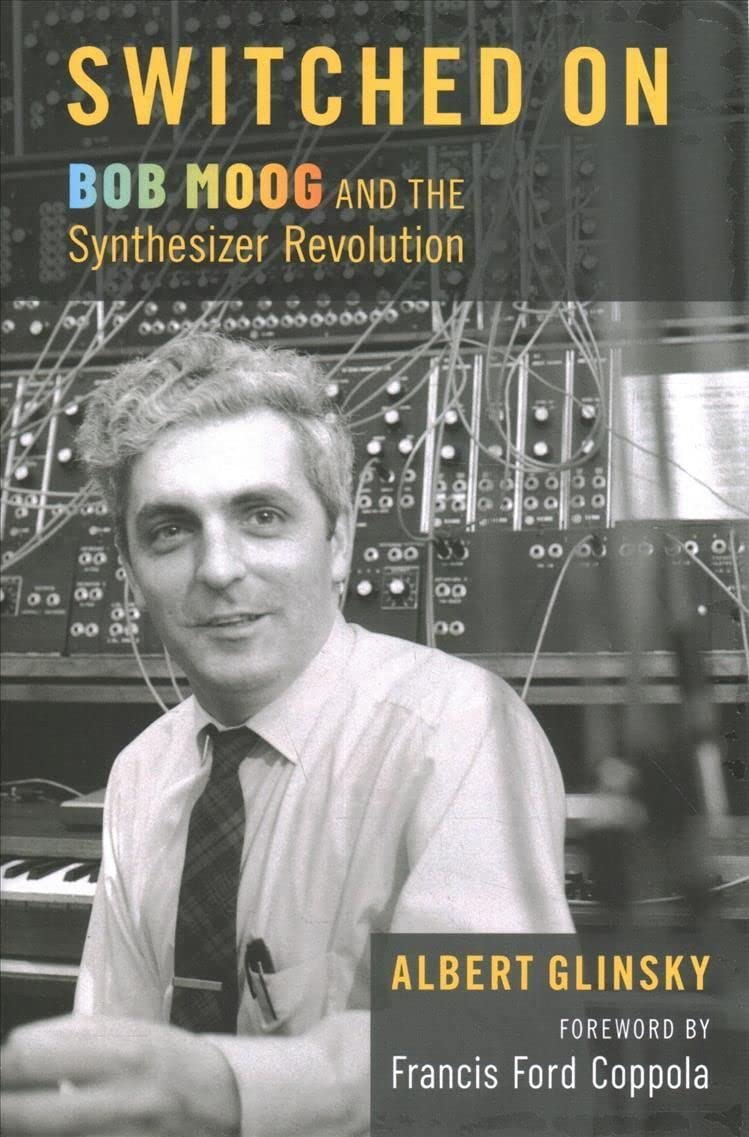
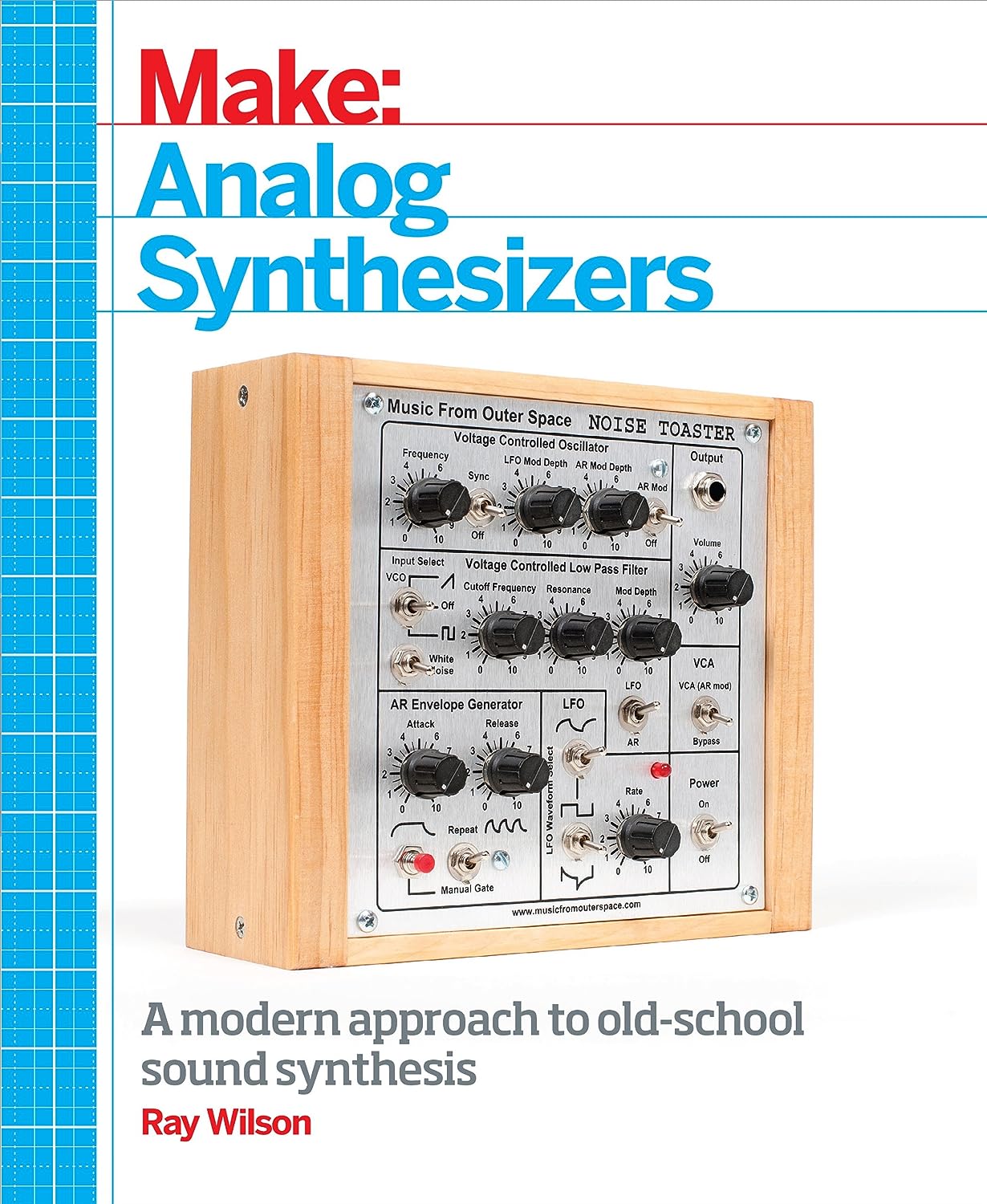
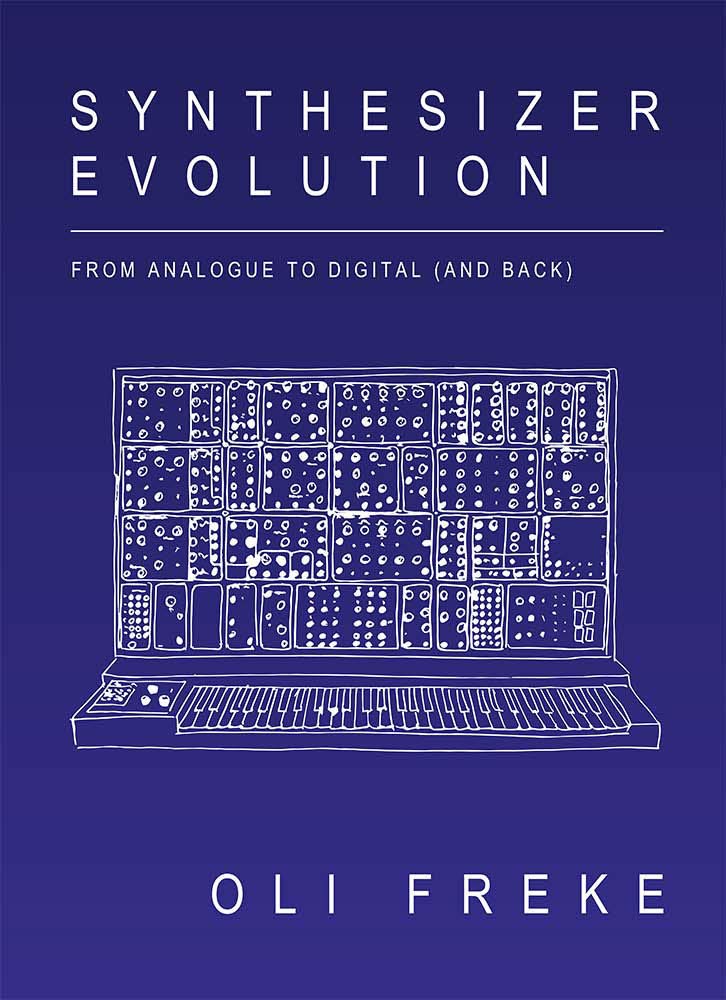
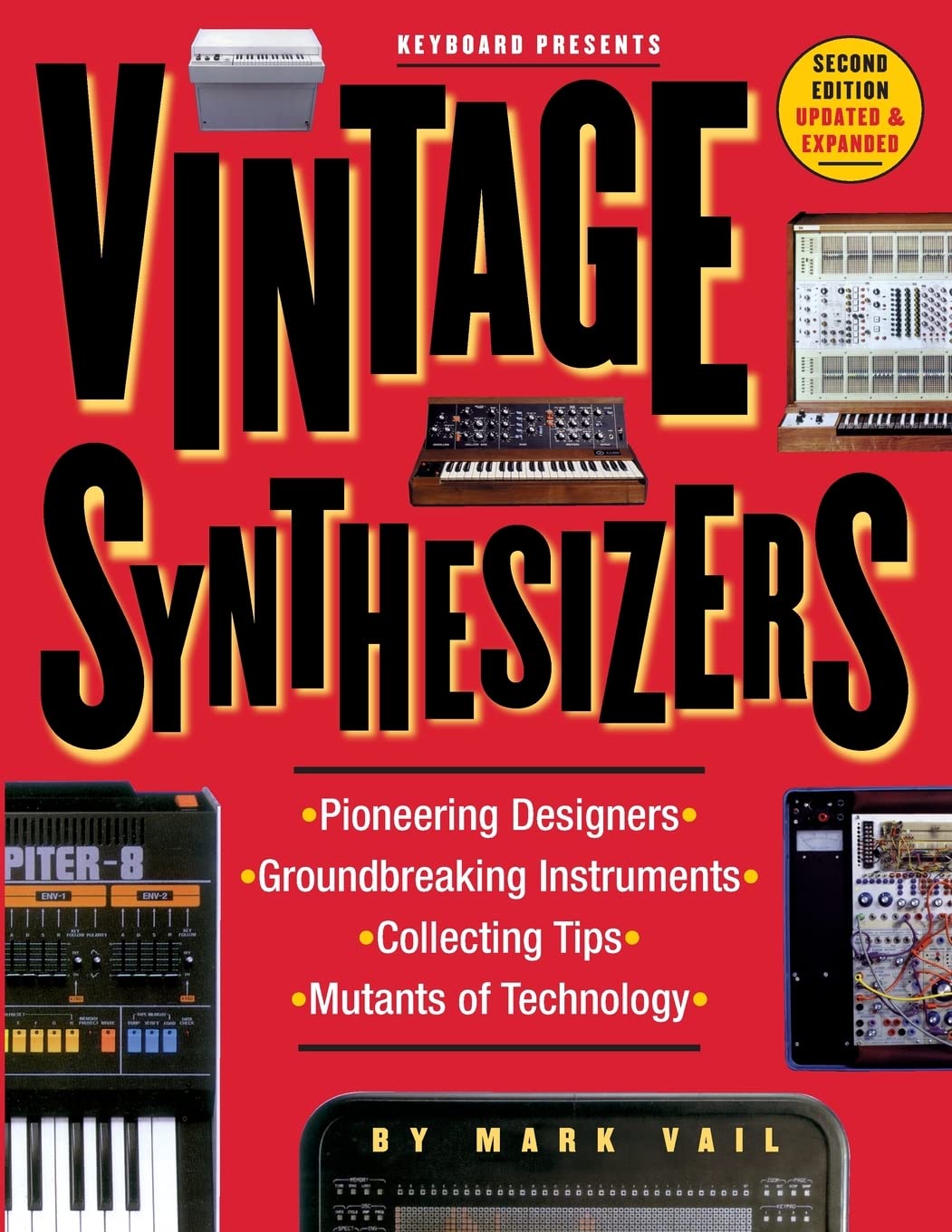
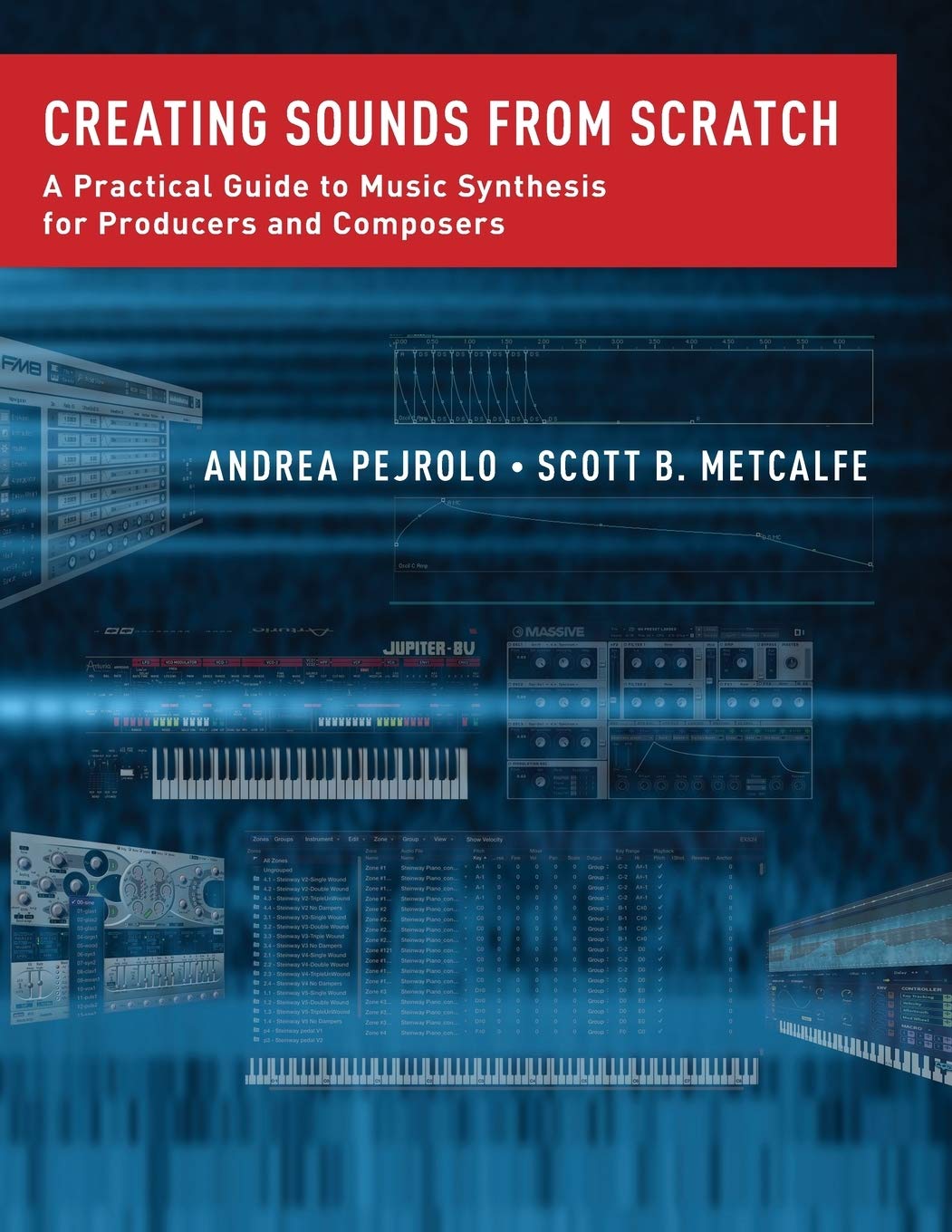
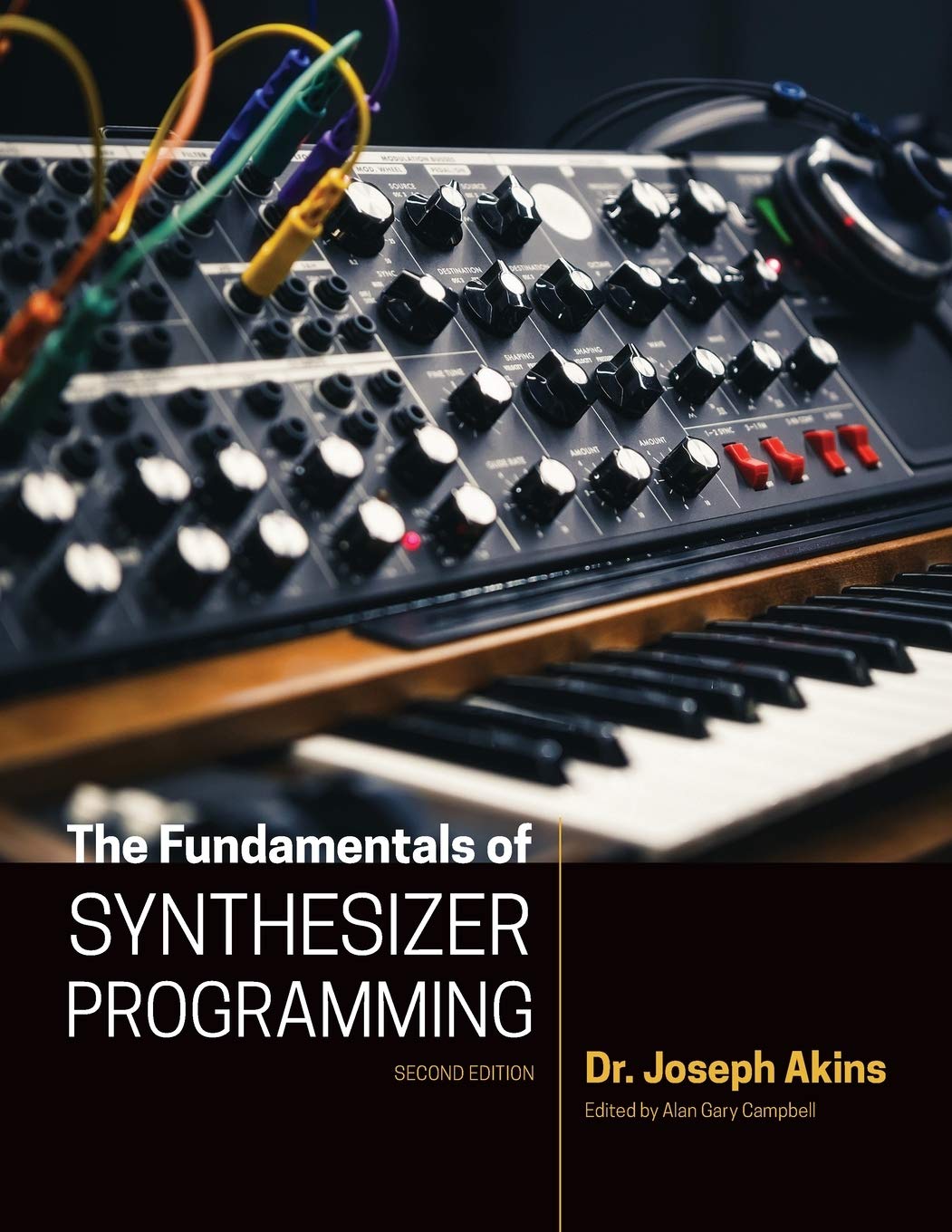

©2025 Matrixsynth - All posts are presented here for informative, historical and educative purposes as applicable within fair use.
MATRIXSYNTH is supported by affiliate links that use cookies to track clickthroughs and sales. See the privacy policy for details.
MATRIXSYNTH - EVERYTHING SYNTH













©2025 Matrixsynth - All posts are presented here for informative, historical and educative purposes as applicable within fair use.
MATRIXSYNTH is supported by affiliate links that use cookies to track clickthroughs and sales. See the privacy policy for details.
MATRIXSYNTH - EVERYTHING SYNTH
Subscribe to:
Post Comments (Atom)




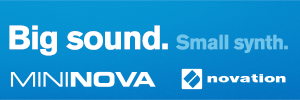











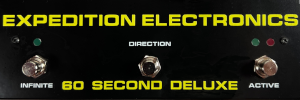
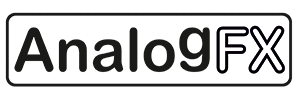









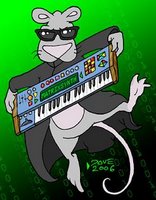
nord lead: first va and the first synth to bring back the immediacy of a knobby interface in modern times.
ReplyDelete"first synth to bring back the immediacy of a knobby interface in modern times."
ReplyDeleteI believe that honor goes to the Waldorf Wave.
Speaking of Waldorf:
ReplyDeleteFirst yellow synth goes to the Q.
First 16 voice polyphonic analog synthesizer:
ReplyDeleteAlesis Andromeda
First MIDI capable synth:
Prophet 600
Was the XT the first bright orange synth, or were there others before it? Waldorf definitely get the "most colourful synths" award.
ReplyDeleteSome other company beat Waldorf to the toxic orange synth punch. I forgot the name of the company, but it was some "sampling" keyboard which professed to be able to turn a mono synth into a polyphonic one.
ReplyDeleteYears guys. If your too lazy to post it, I'm definitely too lazy to look it up. Regarding the Wave, did the Wave or the JD800 come first?
ReplyDeleteRegarding the orange synth, the EML Poly-Box.
ReplyDeleteJD-800 came first, but it has sliders, not knobs.
ReplyDeleteNED Synclavia 1979 - First FM
ReplyDeleteFairlight CMI 1979 - First Sampler, First Workstation
Coupland Digital Music Synthesizer 1937 - First Digital
Seer Systems Reality 1997 - First Soft Synth
D'oh the Coupland was 1973 not 1937 - that would have been impressive
ReplyDeletedx7 came out in 1983 according to vintagesynth.org
ReplyDeleteI voted dx7 earlier cause they're great sounding, brought the market to a completely new way of thinking; post-modern, so to speak. It was informed by the post-disco moroder/ELP/subotnick vein of sound sculpting but incorporated a holistic aspect in its midi, sysex, and general universality. it brought new synthesis methods (which did pre-exist however) to a mass market.
This universality led to its being used across the spectrum of musical styles and fashions and was ultimately quite disposable when its course ran its logical conclusion. certainly a more affordable option for bar bands still use them and so do many professionals. so it was a polyglot of late-70's high end design compressed into these irritating firsts:
probably the only "first" it can lay claim to is the data slider, membrane switches, incorporating data rom cartridges, and superlatively tedious sub-menus! not hugely impressive innovations unless you look at the whole package. in this case, rounded out by quality of the sounds and accessability.
informed ---at least in part--- by the following:
1978 microprocessor control the SCI prophet 10 (briefly) and then ultimately P-5 ---again based on existing E-mu tech stuff
1979 fairlight CMI for sampling and certain digital synthesis methods
1975 NED synclavier for all the above except for and especially affordability by the highest margin. it had Fm and sampling and microprocessor control albeit diff from all the above. of course, no Dx synth samples... but you could get a
1986 casio sk-1 for that :)
1972 Triadex Muse first of many horrible sounding digital synth/seq workstation thingies
ReplyDeleteOSC OSCar 1983 - First real-time additive
ReplyDelete1984 - sequential sixtrak - first multitimbral
ReplyDeletesonicstate list says the korg m1 was the first keyboard workstation at 1988, but I take this with a grain of salt.
good heads up about the waldorf wave. you just didn't see a lot of those at the time :D
1919 theremin first touchless interface
ReplyDeleteBuchla 200e: The first synth to closely identify with Banjos more than pretty much anything else.
ReplyDeleteFrom memory....The Tridex muse was a Hybrid...Digital pseudo random binary sequence generator controlled by the slider switches driving an Analogue 'vco' with no further processing
ReplyDeleteyamaha vl1 - first physical modelling synth - 1994
ReplyDelete1936: first synth using Subharmonic synthesis Oskar Sala Mixturtrautonium
ReplyDelete(commercial versions: Technosaurus Selector?, Doepfer)
1949s: first Sequencer Raymond Scott Electronium
1974: first commercial additive synth: Roland SH-3A
or
1974: first commercial additive synth: RMI Harmonic Synthesizer
http://www.jarrography.free.fr/details_equipement_audio.php?id_equip=7
1969: first non-modular mini-synth: EMS Synthi VCS-3
1969?: first synth with an accordion button keyboard Cavagnolo MIDY http://images.google.com.au/imgres?imgurl=http://www.jarrography.free.fr/synths/images/cavagnolo-midy-20.jpg&imgrefurl=http://www.jarrography.free.fr/details_equipement_audio.php%3Fid_equip%3D107&h=252&w=400&sz=51&hl=en&start=1&um=1&tbnid=fAo8eMtcr6EnrM:&tbnh=78&tbnw=124&prev=/images%3Fq%3Dcavagnolo%2BMIDY%26svnum%3D10%26um%3D1%26hl%3Den%26safe%3Doff%26client%3Dfirefox-a%26rls%3Dorg.mozilla:en-US:official%26sa%3DX
1897 Taddaeus Cahills Telharmonium - First synth ever
ReplyDeleteI believe the minimoog was the first synth to feature pitch-bend/mod wheels, any corrections on this?
ReplyDeleteAlso which was the first to feature a keyboard?
http://www.obsolete.com/120_years/
ReplyDeletewasn't the obie four voice actually the 1st Programmable Polyphonic Analog? 1975 right?
ReplyDeleteBuchla 500 was a micro-controlled polyphonic analogue in 1971, it was also programmable as you could save patches to floppy.
ReplyDeleteBuchla also designed the CBS performance system in 1969, it was an integrated monosynth.. pre-minimoog.. i believe the VCS3 was pre-minimoog as well.. tho they really were all designed around the same time.
also FM synths date back to the 60s not 1979.
MUSIC was the first digital synthesizer, invented my Max V. Mathews at Bell Labs in 1957. Technically, it was a computer program, though it set the stage for every digital synthesizer that proceeded it. In 1971, John Chowning developed FM synthesis using the MUSIC-IV language (source), a direct descendent of Mathew's MUSIC program. FM synthesis was later licensed by Yamaha, and used in popular synths such as the DX-7.
ReplyDeleteThis comment has been removed by the author.
ReplyDeleteMore than half this stuff isn't a cut and dry "first". You really need a wiki or something to hash this out.
ReplyDeleteOne thing it proves is that:
1. a lot of people use guessing (or maybe what they read of some site on the web that copied from Vail's decent Vintage Synths book) instead of research
2. Everyone wants to see their favorites make the list even if there's no good reason (other than you like it and spent lots of money getting it)
3. Most tellingly, many if not most actual firsts were really flawed or compromised in some way. It's the second or third shot at it that gets it right.
EMU Morpheus, first synth to introduce Z-Plane filters. Z-Plane filters essentially allowed one filter to interpolate between two different filter shapes over time.
ReplyDeleteThis comment has been removed by the author.
ReplyDeleteThis might be a bit off topic but what do you think was the first computer with a real analog synthesizer circuit? I used to have an old EACA Colour Genie home computer back in the end 80's which was old even then (1980 propably?) It was only later in the dawn of internet that I found out that it had a real synthesizer built right into it! I was just too young (10) to understnd how to program it right, lol. Then came the Commodore 64 with it's SID, right?
ReplyDeleteWho did the first wavetables/digital oscillators? Was it Waldorf?
ReplyDeleteAlso, the NED Synclavier had sampling (and eventually "direct-to-disk" recording), not sure if it "beat" Fairlight or not.
What about the Quasar, (c.1975) predecessor of the Fairlight or the RMI digital keyoboard? (c.1974)
ReplyDeleteAlso one of the first additive/wavetable machines was the PPG 340/380 System, around late 70's I think.
Wavetable synthesis become famous and widely available by the PPG Wave series starting with the wavecomputer 360 (c.1979)
Also don't forget the Crumar CDS.
Also:
First sampling keyboard: the Chamberlain and first speech synthesis modeler: the Voder!
Also first 16 voice analogue synth would be the EMU Audity
if it had be released.
Nick the space_nerd
The original Synclavier appeared in 1977 and was preceded by the "Dartmouth Digital synthesizer" (circa 1975). I read that by early 1978 NED had sold 10 Synclavier systems.
ReplyDeleteAs for the Synclavier II, to the best of my knowledge it came out in 1980. The sampling option was added in 1982.
The first Oberheim 4-voice was shipped in Nov 1975 but the programmer didn't appear until autumn of 1976. Also, the Oberheim programmer wasn't capable of saving all parameters.
First commercial programmable mono
synth might have been the Oberheim OB-1, first shipped in late 1977.
The duophonic PPG 1003 Sonic Carrier was available before that (1976) but was made in extremely small numbers.
The first wavetable synth was I think the PPG 360 wavecomputer (late 1978).
The Crumar GDS was 1979.
ReplyDeleteMicke
The Triadex Muse is considered to be the first commercial digital musical instrument. Though it uses a hybrid technology, it probably qualifies.
ReplyDeleteSeer's Reality was in no way the first softsynth. Some earlier commercial or at least available to the public include Turbosynth & Lemur aren't even the tip of the iceburg but worth noting.
Just updated the list. Note that I'll only be adding items to the list in the post that are in the same format and specifically call out the year and what was first about it. Everything else, we'll leave in the comments.
ReplyDeleteExample of the format I'm looking for:
ReplyDeleteYear - Manufacturer - Model - First at
1970 - MOOG - Minimoog - 1st Mono Synth with keys (non-modular)
Don't forget the dashes.
As regards FM: NED were forced to refer to their Synclavier's form of FM as 'timbre-frames' since Yamaha already held the patent and trademarks on that. As early as the late 70s-early 80s, Yamaha had released digital synthesizers in the form of the (expensive) GS-1 and GS-2 and the (not so expensive and somewhat hybridized) SK ensemble keyboard series.
ReplyDeleteAlso this:
"Some other company beat Waldorf to the toxic orange synth punch. I forgot the name of the company, but it was some "sampling" keyboard which professed to be able to turn a mono synth into a polyphonic one."
EML Polybox...not a sampler, but a weird divide-down hybrid device that patched through an existing monosynth's signal chain. Not necessarily an easy thing to use convincingly, I'll note from experience.
1996 - Rubberduck - still not the first softsynth but came before Seer Systems Reality.
ReplyDeleteThis comment has been removed by the author.
ReplyDelete1950 - CSIRAC - Mk 1 - The first known use of a digital computer for the purpose playing music
ReplyDelete1996 - Steinberg - VST - Ok not a synth but enabled a lot to be written as plug-ins and used simultaneously
Soft synths are WAY older than 1997. Perhaps not as old as the personal computer itself, but close.
ReplyDeleteYou'd do best to tightly define the term synthesizer or you just wind up playing a semantics game.
ReplyDeleteSomeone calls the Telharmonium a synth. Then that makes the Hammond Organ also a synth so then the Roland SH3a in 1974 can't be the anywhere near being named the first analog synth.
It also is pretty lame when it takes more than a few words to describe the "first" _______
I see since this morning the minimoog got bumped off the list.
Okay seems simple enough to get it on.
First fixed signal path synth
... well unless you play fast and loose as to what defines a synth
Medieval times - Misc - Pipe Organs - 1st synth ever (they had presets with labels like 'Vox Humana'. Teleharmonium is the first electromechanical synthesizer. 1st fully electronic - Theremin?
ReplyDeletesorry I meant
ReplyDelete.. sh3a isn't the first additive synth if the Telarmonium was additive and it's being called a synth by someone
also it's lame the Theremin got bumped off the list
first all electronic instrument (no mechanical parts)
Also it was my impression the Seer was the first software v.a.. There were plenty of software instruments before it.
The Scott Electronium dates from the early 1960s not 1949. Moog attested that Scott had the first sequencer he knew of and thought he saw it in '55 or '56, but depending how you define "sequencer" probably the RCA mark I should be a sequencer, unless of course new research dates scott using it in '49. Sounds like a date found on some site to me. Maybe the Clarivox would be 1949? (no sequencing ability0
1948 - Dr. Raymond Scott - Wall of Sound - First polyphonic Sequencing Worstation (electromechanical)
ReplyDeletevia this article:
http://emusician.com/mag/emusic_circle_machines_sequencers/
It's a little hard to know because he was so secretive; however, when i did a search for the "circle machine" this came up.
1983 - OSC - OSCar - First real-time additive ????
ReplyDeleteNot possible. I learned the term 'additive' on a Synclavier II in college in 1982.
From this ref, http://www.500sound.com/synclavierhistory.html, the first unit was in 1979.
Korg EA-1
ReplyDeleteThe best, err...
Ive never understood how chownig is said to have invented FM when it was on the first Buchla synthesizers?
ReplyDeleteAnyone care to enlighten me?
rob
1970 - Minimoog - first synth to use wheels as controllers for modulation/pitch bend.
ReplyDeleteThe first Synclavier II might have been released sometime during 1979 but I know for a fact the original Synclavier was 1977.
ReplyDelete1963/64 - Buchla - model 100 modular - 1st "modern" modular synth.
1967 - Moog - Moog modular synthesizer I, II & III - 1st commercial modular synth.
1971 - Tonus/Arp - Soloist - 1st preset mono synth
1976 - PPG - PPG 1003 sonic carrier - 1st programmable mono/duo synth (this, along with the model 1020, might have been the 1st synths to use DCO's as well).
1977 (late) - Oberheim - OB-1 - 1st commercial programmable mono synth.
1978 (late) - PPG - Wavecomputer 360 - 1st wavetable synth.
1939 - Homer Dudley invents the Parallel Bandpass Vocoder (VODER) - A manually key operated speech synthesizer
ReplyDelete1940 - Homer Dudley invents the The Voder speech synthesizer - A device which used the human voice and an artificial voice to produce a composite
Both were researched as a way to transmit speech over copper wires (id est, telephone lines)
Doktor Future:
ReplyDeleteBuchla 200e: The first synth to closely identify with Banjos more than pretty much anything else.
lol @ this
2912 - KalQuestoTron - the first genetically engineered synth. Each cell is an oscillator, filter, and neural sequencer.
ReplyDeleteCan be delivered via injection to always play 'hold music' in your head.
"1939 - Homer Dudley invents the Parallel Bandpass Vocoder (VODER) - A manually key operated speech synthesizer"
ReplyDeleteThese dates makes Bulcha and Moog look like kids
so many flaws. this list is just pissing me off now.
ReplyDeleteOk guys, list is updated. Keep em coming. If you note anything wrong with the list call out the specifics. I've been updating it based on the comments so far. The Minimoog is still on the list. It's on top and updated as that was what I first put up. The theremin was never up so it wasn't pulled. I haven't looked up the year on it. If someone wants to, go for it.
ReplyDelete1985 - Casio - CZ-101 - First battery-powered all digital mini-synth
ReplyDelete1982 - Sequential Circuits - Prophet 600 / First Midi Synthesizer (though some argue the Prophet 5 rev 3.2 is pre-MIDI MIDI)
ReplyDelete1982 - Sequential Circuits - Prophet T8 / First weighted action keyboard with poly after touch
1948 - Hugh LeCaine - Electronic Sackbut - First voltage-controlled synthesizer
ReplyDeleteUpdated with the latest comments, although I didn't put up the Prophet T8 as the first weighted with poly-aftertouch. I believe the CS80 beat it in 1976.
ReplyDeleteCorrect...the CS80 was the first with a weighted keyboard and poly-aftertouch. A thing of joy, I might add.
ReplyDeleteFirst battery operated mini synths: Yamaha CS01 and Roland SH-101/TB-303 in 1982. Dunno which came first that year though. Did the Firstman SQ-1 take batteries? If yes then this might be the first one (1980)
ReplyDelete1919 - Theremin - Leon Theremin - first psychic friend
ReplyDeleteI love you dr future!!!!
ReplyDeleteHow about first "synth on a chip"? I don't think it was the SID. Maybe the TI SN76477?
ReplyDeleteAlthough the original prototype of the Yamaha CS-80 appeared in 1976, it wasn't released to the public until mid 1977 or thereabouts.
ReplyDeleteGarth Hudson of The Band had apparently been given the prototype in the autumn of 1976 and would first use it (albeit sparingly) on The Bands final stage performance "The Magical Waltz" in late Nov of that year.
Garth subsequently used it on the album "Infinity" which was recorded from Dec 1976 to Jan 1977.
Micke
it's very confusing now.
ReplyDeleteOK, this post is just too big. Good idea, no... GREAT idea... but not really practical in bloggalicious terms.
ReplyDeleteMatrix, I propose creating a book... something you can create using CafePress or Lulu.com, written by all us adoring fans. I'll illustrate it (or preferably, won't)! Well make dozens of dollars on it!
In all seriousness, this post makes me stroke my chin and wonder about blogs as books. Blogs as historical works. I mean, if Lucas and Spielberg can go back and update their movies, why can't there be books available online with new editions every few months or so?
Dang, I'm so drunk right now I've gone ad forgotten all about Wikipedia. Never mind.
hey, it's becoming a nice list!
ReplyDeleteYeah, it might be time to link to it off the right hand side of the post and/or wiki-fy it.
ReplyDeleteI got another one for ya:
ReplyDeleteYr: 1958
Person: Edgar Varese
Accomplishment: First use of control tracks ('Poeme Electronique', for the Phillips Pavillion at the 1958 Brussels Worlds Fair)
- Peter Grenader
I am surprised nobody has mentioned this before:
ReplyDelete1989 - E-Mu Systems - Proteus - First dedicated ROMpler
Yesterday I borrowed a 3rd-edition copy of Helmholtz' "On the Sensations of Tone." (first published in 1875) Along with endless music theory he describes his physical experiments.
ReplyDeleteOne apparatus uses electromagnets to drive tuning forks. The forks are placed next to acoustic resonating cylinders whose apertures (volume) are controlled with strings tied to ... a keyboard!
Helmholtz (a physicist) used this apparatus to control the volumes of partials generated by the tuning forks.
I stand corrected: The minisonic 1 seems to be the 1st battery operated analog synthesizer ever. Unless somebody finds a older one. Could it be that the first battery operated "synthesizer" with something like a built in sequencer is the Casio VL-1 from 1979?
ReplyDelete1996 : Roland MC-303, the first groovebox
ReplyDelete1998 : Clavia Nord Modular, the first DSP modular synth ?
Ono
First "Theremni" -Synh - invented and built in 1919 dy Leon Theremin (see also in wikipedia - serach term: "Theremin".
ReplyDeleteMaybe you want to add that (quite important) one.
Regards,
Adorion
I think the Buchla 258 was the first linear FM.
ReplyDeletewikipedia says the Casio VL-1 came out in 1981, not 1979.
ReplyDeleteAt either date, it was probably the first battery-powered calculator with a built-in synth, whether it was the first sequencer or not.
And in 1976 Emu came up with a microprocesser-based polyphonic keyboard and sequencer, built into the keyboard of their modular synth. Since they invented the thing and later sold the tech to other synth manufacturers (such as Sequential Circuits for the Prophet-5), there's probably a first or two in there somewhere.
The keyboard was 16-voice polyphonic (though it took a LOT of modules to make use of that. The one I used, at Western Washington University, had 8 VCOs, 8 VCFs, and 10 VCAs. If we had more modules, it would have been 16-voice polyphonic). The sequencer recorded in realtime, but if you clocked it from something other than an oscillator, you could program or play it in step time.
Because it was modular, you could do all kinds of mad stuff besides store pitch/gate sequences. You could, and I did, for example, use it to store 16 control voices for changing patches (does this make it the first modular synth with patch memory?), you could modulate 15 parameters as well as pitch of a sequence, you could use it as a programmable waveform or envelope generator...
Quasar being played 1974
ReplyDeletehttp://youtu.be/IIYVgW-xTBY
Thanks peterg! Popped it up here
ReplyDelete